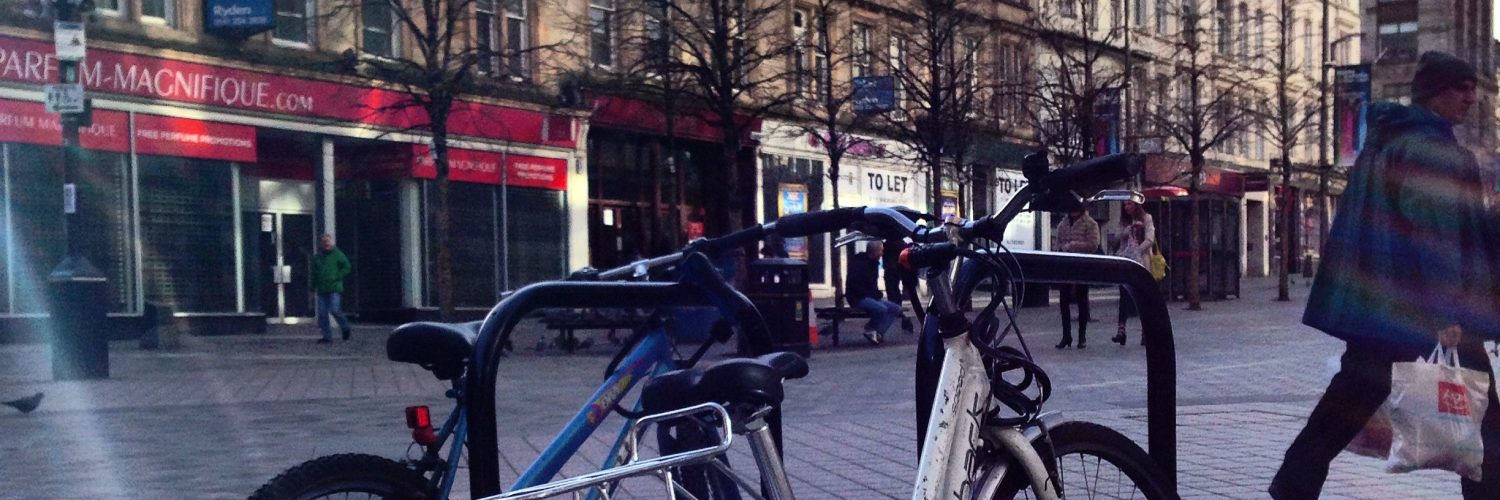Psychogeography
Interessante texto contando a história da psicogeografia e relacionando com teorias pós-modernas e autores como Jameson, Baudrillard, Debord, Gibson, Zizek, o psychogeography in the 21st century, mostra como o movimento marca a época contemporânea e os atuais desenvolvimentos da cibercultura.
Hoje, artistas usando as “locative media” têm recuperado o conceito e tensionado suas dimensões fundamentais (cartografia cognitiva, uso das ruas, reversão do espetáculo, deriva, mapeamentos…) acoplando experiências “psicogeográficas” com o uso das tecnologias digitais, redes e sensores sem fio. O objetivo é ir além do uso meramente comercial ou militar das tecnologias de localização e criar tensões e reforçar ambiguidades: quais a dimensão política da mobilidade? quais os novos significados do território, do lugar e do espaço em meio a redes sem fio e dispositivos móveis? quais as novas formas de vigilância e monitoramento para além do panóptico das câmeras de vigilância? como ressaltar aspectos sensíveis (sociais, ambientais, políticos) e invisíveis das cidades contemporâneas? Vejam mais posts do Carnet sobre esta temática.
Aqui um vídeo com debate sobre o tema, “Psychogeography: The Landscapes of Memory: Roundtable discussion with Andre Aciman, Vito Acconci, Russell Epstein, and Matthew von Unwerth.”

Ciberflanerie com escritas por GPS em Montreal
Algumas frases do texto do blog “paramodern studies”:
“Psychogeography is an aesthetic and political strategy discovered by the Surrealists and elaborated by postmodern avant-garde groups like the Lettristes, the Situationists, Tiqqun, and the London Psychogeographical Association (the LPA).”
“In Debord’s essay (…) psychogeography is defined as ‘the study of the precise laws and specific effects of the geographical environment, consciously organized or not, on the emotions and behavior of individuals.’ Debord claims that this idea originates with Ivan Chetcheglov, who he also credits as the inventor of the psychogeographical technique called the dérive (or drift).”
“(…) Chetcheglov declares, ‘We are bored in the city, there is no longer any Temple of the Sun. Between the legs of the women walking by, the dadaists imagined a monkey wrench and the surrealists a crystal cup. That’s lost.’ Chetcheglov presents the dérive as an aesthetic technique that reinvests the city with its lost identity or constitutive absence, and unveils the consumerist illusion for the magic trick or “phantasmagoria” (Walter Benjamin) it is.”
Vídeo sobre realidade do espaço e psicogeorgrafia
“Psychogeographical research entails a new perception of the city – made possible by various techniques like the drift – that transforms the city into a series of “varied ambiences” with “contours, […] constant currents, fixed points and vortexes that strongly discourage entry into or exit from certain zones.”
“The psychogeographical map, or affective map, is a hybrid of objective topography (surface features, the “representable”), and subjective topology (the real, subjective undercurrents or “vortexes” projected onto the surface).”
“The drifting subject follows a path or trajectory that transgresses the boundaries of consumerist space.”
“‘The spectator does not feel at home anywhere, because the spectacle is everywhere.’ The derive undermines the spectacle’s regime, which is essentially optical. The drift technique shifts perceptual emphasis from the optical to the proprioceptive (body consciousness, the sense of one’s physical presence).
“The function of the Situationist drift is to explore the other side of the spectacle, the unmediated (and traumatic) real veiled by the spectacle’s absolute objectivity, or mimetic resemblance to the real.”
“Gibson’s vision of the future is a more accurate map of contemporary urban space than any “objective” cartography. Postmodern reality is a fusion of the real, illusion, spectacle, fantasy, and simulation, so only a collagist technique – like the literary one Gibson employs – can represent it faithfully.”
“In his recent novel Spook Country (2007), Gibson draws on the contemporary psychogeographic practice of locative art to comment on the postmodern, global commercial space where psychogeographical space, or the unified ambiences studied by the Situationists, has been lost.”
“Gibson’s use of ubiquitous and wearable computing reminds us that the entire space of the postmodern subject’s reality (his or her umwelt) is in a sense a controlled surround – a kind of prison cell –that permanently envelops the body, like an aura. It is precisely what cannot be mapped yet it is under structural control.
